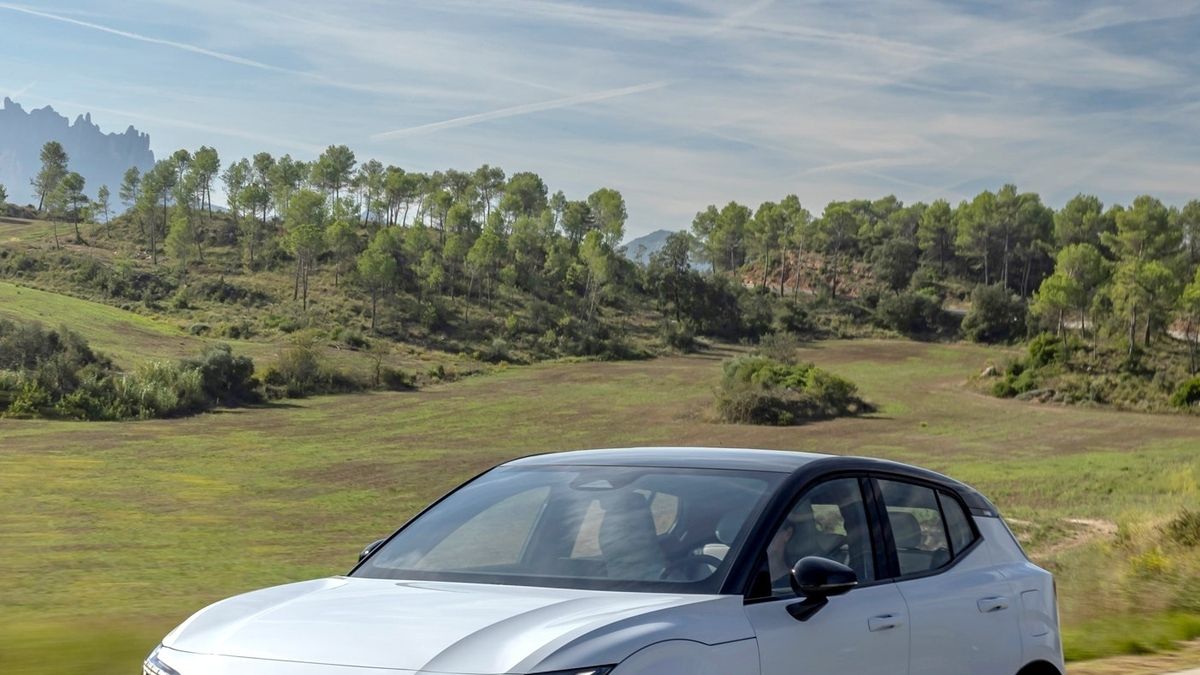
As automotive manufacturers increasingly focus on infotainment systems to differentiate their offerings, Volvo’s latest design decision for the EX30 has ignited a significant conversation about safety, technology, and user experience in modern vehicles. The Swedish auto giant’s choice to omit a traditional speedometer behind the steering wheel in favor of a minimalist approach has drawn mixed reactions from industry experts and consumers alike.
Revolutionizing the Dashboard
The evolution of car dashboards has been remarkable, from cluttered panels filled with buttons and dials to sleek, touchscreen-dominated interfaces. This trend mirrors the broader technological shift towards digital minimalism in consumer products. The Volvo EX30 epitomizes this shift, prioritizing a clean aesthetic and integrating essential driving metrics into a central infotainment system. This design philosophy challenges conventional wisdom but also raises questions about driver distraction and the balance between form and function.
Infotainment Systems: A Double-Edged Sword
With the introduction of the term “infotainment” by Lexus in 1999, the automotive industry has seen a significant emphasis on enhancing the in-car entertainment and information experience. Today, vehicles boast large digital displays offering a plethora of features, from navigation to real-time vehicle diagnostics. However, this focus on digital integration comes with its drawbacks. Studies suggest that driver distraction, partly due to the complexity and engagement required by modern infotainment systems, contributes to a considerable proportion of road accidents in Europe. Annually, nearly 25,000 lives are lost on European roads, with driver distraction implicated in up to 30% of these incidents.
Safety Concerns and the Future of Automotive Design
The decision by Volvo to remove the speedometer from its traditional location prompts a broader discussion about the future of automotive design and the role of technology in enhancing or compromising road safety. While the sleek, minimalist interior of the EX30 may appeal to tech-savvy consumers, it also underscores the need for car manufacturers to navigate the fine line between innovation and safety. As vehicles become more connected and automated, ensuring that drivers remain engaged and aware of their surroundings is paramount. The automotive industry must continue to explore ways to integrate advanced technologies without detracting from the fundamental task of driving safely.
The debate surrounding the Volvo EX30’s design choice reflects the evolving landscape of automotive technology and the ongoing challenge of aligning aesthetic preferences with safety considerations. As the industry moves forward, it will be crucial for manufacturers to listen to feedback from both experts and consumers and to prioritize features that enhance rather than compromise the driving experience. The journey towards the future of automotive design is fraught with challenges, but it also presents an opportunity to redefine what is possible in creating vehicles that are not only visually striking but also safe and user-friendly.
